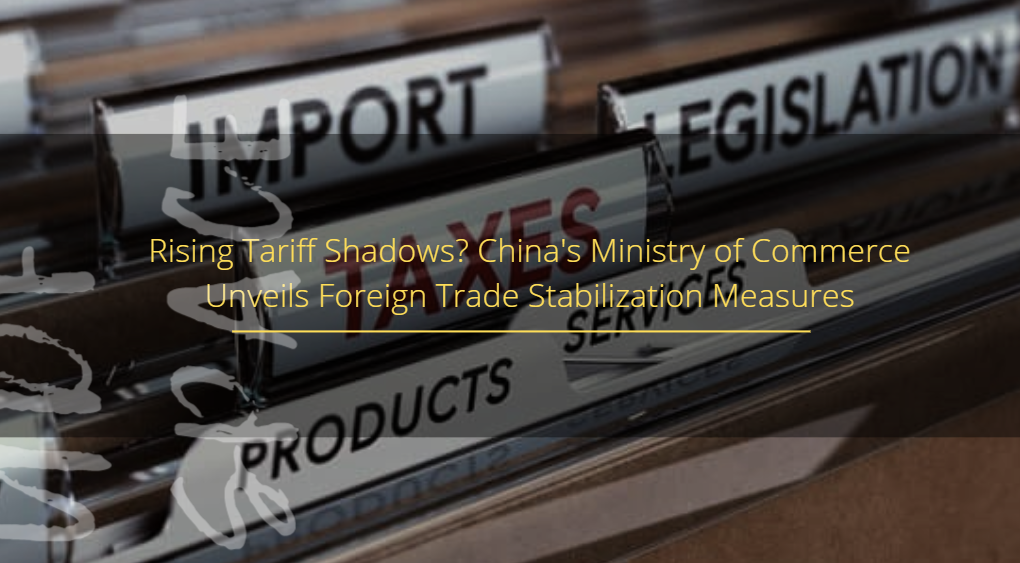Unlocking the Sky: Exploring China's Low-Altitude Economy with Guangzhou and Shenzhen
China's low-altitude economy is gaining momentum as an emerging driver of industrial transformation and urban innovation. This sector—focused on aviation activities within 1,000 meters above ground—encompasses manned and unmanned aviation, including drones, eVTOL (electric vertical takeoff and landing aircraft), and their supporting ecosystems. With its rapid policy advancements and real-world applications, cities like Guangzhou and Shenzhen are leading this wave of economic potential.
////
Guangzhou: Innovating Infrastructure for Industry Integration
ONE

Guangzhou, a key hub in the Pearl River Delta, is at the forefront of integrating the low-altitude economy into regional development. The city has launched comprehensive low-altitude airspace reform trials, fostering the establishment of general aviation airports and flight corridors. These efforts are accompanied by a strong push to scale up industrial applications, particularly in logistics and emergency response.
For instance, Guangzhou has successfully deployed drone fleets for express delivery services in urban and suburban areas, significantly improving last-mile efficiency. By combining advanced logistics platforms with automated scheduling systems, the city demonstrates how aerial technology can transform traditional industries.
////
Shenzhen: A Trailblazer in Urban Air Mobility
TWO

Shenzhen's leadership in technology and innovation naturally extends to the low-altitude economy. As the first Chinese city to legislate on urban air mobility, Shenzhen has established a robust policy foundation for the development of eVTOL aircraft and drone logistics hubs. The city's partnership with leading manufacturers has accelerated the commercialization of eVTOL prototypes, enabling trials for passenger and cargo applications.
Notably, Shenzhen has integrated rooftop drone stations into its urban planning, creating a network of aerial logistics hubs designed to support seamless intercity delivery and medical transport. These initiatives highlight the city's ambition to position itself as a global leader in urban air mobility solutions.
////
Promoting Sustainable and Green Trade
THREE
China's trade strategy integrates environmental responsibility into economic policies. One focus area is the promotion of green trade initiatives, such as incentivizing enterprises to adopt third-party carbon verification services and implementing sustainable manufacturing practices. Efforts also include piloting bonded repair and remanufacturing projects in free trade zones, which reduce resource consumption while meeting international demand for refurbished goods.
Complementing these efforts, exporters of green-certified products, including renewable energy equipment and low-carbon technologies, have received additional policy support. In 2024 alone, such exports saw a notable 8% year-on-year increase, reflecting growing global demand for sustainable solutions.
////
Outlook
FOUR
As China continues to refine its regulatory framework and expand pilot zones, the low-altitude economy is poised for exponential growth. With Guangzhou and Shenzhen setting benchmarks in infrastructure and innovation, the sector is well-positioned to unlock its full potential, delivering transformative economic and social impacts across the country.






















































First, please LoginComment After ~